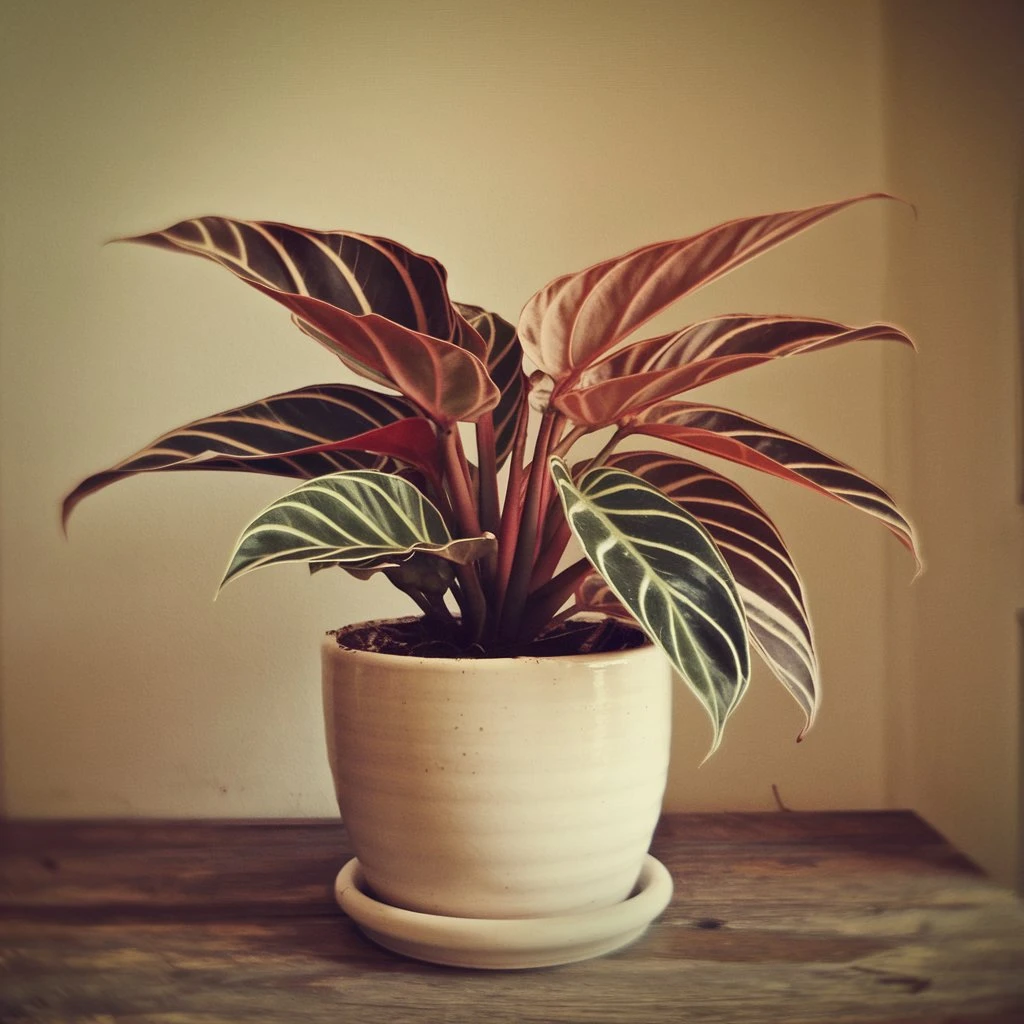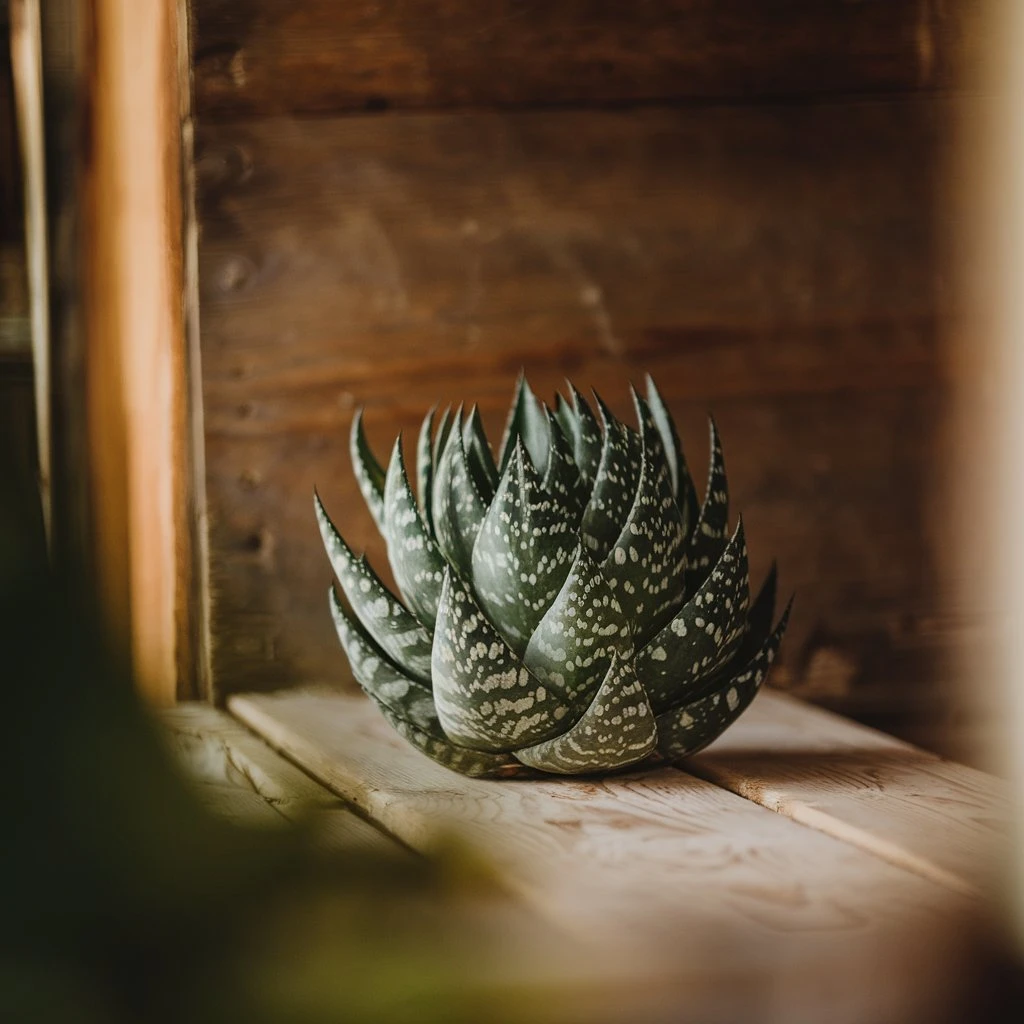
Origins and Evolution of Potted Plants
The potted plant phenomenon traces its roots to ancient civilizations that first recognized the joy and utility of cultivating greenery indoors. Thousands of years ago, the Egyptians were among the earliest to experiment with container gardening, using elaborate clay pots to grow palms and fig trees within their architectural marvels. These early pioneers of potted plants embraced the art of bringing nature closer, even in the most arid climates.
Simultaneously, the Chinese were mastering the art of bonsai, a meticulous method of miniaturizing trees that soon became a cultural symbol of patience and precision. Across continents, the Romans adored ornamental flora, adorning their lavish villas with houseplants to infuse opulence into their surroundings. For them, it wasn’t just a gardening pursuit; it was an expression of status and luxury.
With the Middle Ages came a lull in indoor gardening, yet the Renaissance rekindled Europe’s passion for cultivating potted plants. Victorians, too, cherished this hobby, introducing glass terrariums to protect their exotic ferns. Fast forward to today, and the appeal of having a houseplant transcends aesthetics. It embodies a connection to nature, a soothing presence that transforms urban dwellings into lush sanctuaries. The legacy of these practices continues as our modern love for potted greenery grows ever stronger.
Science and Techniques Behind Potted Plant Success
Achieving success with a potted plant isn’t just an art; it’s an intricate interplay of science and techniques. The growth of any houseplant in a confined environment requires a deep understanding of plant biology and the mechanics of container cultivation. At the core of this science lies the root system. Roots in pots are restricted, yet they play a pivotal role in nutrient uptake and stability. Unlike plants in the ground, the limited space challenges roots to adapt, often spiraling or becoming root-bound if left unchecked. Regular repotting or root pruning can mitigate this, allowing your plant to flourish in its container.

Soil composition also matters immensely. A potted plant requires a medium that balances moisture retention and drainage. Standard garden soil is often too dense, leading to poor aeration and potential root suffocation. Potting mixes, usually a blend of organic matter like peat moss, perlite, and vermiculite, create a loose structure. This mix supports healthy roots while preventing waterlogging. Moreover, the importance of drainage holes cannot be overstated. These allow excess water to escape, reducing the risk of root rot—a common ailment among improperly cared-for houseplants.
Light is another cornerstone of potted plant care. Recognizing the distinct requirements of every plant species is essential. Some thrive under direct sunlight, while others, like ferns, prefer the dappled light of a shaded corner. Artificial lighting, such as LED grow lights, can replicate natural sunlight for indoor gardeners, offering an alternative in spaces that lack sufficient natural illumination. Monitoring and adjusting light exposure ensure that photosynthesis, the process by which plants generate energy, occurs efficiently.
Watering technique is yet another science-driven aspect of growing a successful potted plant. The frequency and amount of water depend on variables such as plant type, pot size, and environmental conditions. Overwatering is a notorious culprit for plant death, as stagnant water can suffocate roots and foster fungal growth. Conversely, underwatering dehydrates the plant, causing leaves to wilt and drop. The best practice is to water deeply, allowing moisture to seep through to the bottom but only when the topsoil feels dry to the touch.
Fertilization also requires precision. Nutrients in a potting mix deplete over time, necessitating regular feeding. Understanding the nutrient needs of your houseplant can make the difference between lush foliage and a lackluster appearance. Balanced fertilizers or slow-release options provide essential elements, ensuring continuous growth.
In essence, mastering the science and techniques behind thriving potted plants transforms ordinary plant care into a fulfilling pursuit. Each step, from choosing the right soil to perfecting watering methods, adds to the intricate dance that keeps your indoor oasis thriving.
Table of Contents
The Aesthetic and Functional Impact of Potted Plants
In the modern world, potted plants have become more than mere decorations; they embody a perfect blend of functionality and visual elegance. From urban apartments to spacious offices, the presence of a carefully chosen houseplant transforms spaces in ways that are both aesthetically pleasing and beneficial to human well-being. The functional advantages of incorporating indoor greenery are intertwined with the principles of science and techniques, revealing why these natural elements have become a staple in interior design.
The allure of potted plants lies not only in their visual appeal but also in their innate ability to breathe life into sterile environments. Consider the way a vibrant monstera or a delicate peace lily can soften the harsh lines of contemporary architecture. These plants add a touch of organic beauty, creating contrast and warmth that no piece of furniture or artwork can replicate. Yet the design potential of houseplants goes far beyond mere aesthetics. By choosing the right potted plant for a space, one can influence the mood and ambiance, making rooms feel either serene or invigorating. Tall, leafy varieties such as fiddle leaf figs create a dramatic focal point, while trailing ivy adds a romantic, cascading effect to shelves and walls.

On a functional level, potted plants are remarkable allies for improving air quality. NASA’s Clean Air Study famously highlighted how certain houseplants can filter toxins like formaldehyde and benzene from the air. Spider plants, snake plants, and philodendrons are known to absorb harmful pollutants, making them indispensable in urban dwellings plagued by chemical residues from paint, furniture, and synthetic materials. The science behind this lies in the natural process of phytoremediation, wherein plants absorb and break down toxins through their roots and leaves. This discovery has inspired a wave of eco-conscious design, where potted plants are no longer an afterthought but an essential component of sustainable living.
Beyond purification, indoor plants also modulate humidity levels, creating a more comfortable environment for inhabitants. As they release moisture vapor during transpiration, they can alleviate dryness in the air, which is especially welcome during winter months when indoor heating wreaks havoc on skin and respiratory health. A simple houseplant like a Boston fern can make a tangible difference in a room’s air quality and overall comfort, proving that the functional benefits of greenery are as essential as their aesthetic charm.
Moreover, the psychological impact of potted plants should not be underestimated. The presence of greenery has been linked to reduced stress levels, enhanced focus, and overall mental well-being. Offices that integrate houseplants report higher productivity and lower absenteeism rates among employees. This phenomenon is deeply rooted in biophilia, the concept that humans have an innate connection to nature. The mere act of tending to a potted plant, whether through watering, pruning, or repositioning, can be a meditative ritual that brings tranquility and a sense of purpose to an otherwise hectic day.
For those designing their spaces, the strategic use of potted plants can address architectural challenges and elevate the functionality of a room. In small apartments, vertical gardens or hanging pots can maximize greenery without encroaching on valuable floor space. In larger areas, a cluster of houseplants can delineate open-plan layouts, creating natural boundaries between living, dining, and working zones. The versatility of potted plants allows them to be both adaptive and transformative, whether used as lush room dividers or delicate accents on a windowsill.
The impact of light on plant growth underscores the importance of understanding the science and techniques involved in indoor gardening. Not all houseplants thrive in the same conditions. Some, like succulents and cacti, demand bright, direct sunlight, while others, such as ferns and snake plants, are content in low-light corners. It’s crucial to observe a plant’s behavior and adjust its location as needed, ensuring it receives the optimal amount of light. In spaces where natural light is scarce, grow lights can be employed to mimic the sun’s rays, offering a practical solution for plant lovers living in less sun-drenched regions.

Equally important is the selection of containers, as the type of pot can greatly affect a plant’s health. A breathable terracotta pot, for instance, is ideal for plants prone to overwatering, as it allows moisture to evaporate more readily. On the other hand, decorative ceramic or metal pots may require more attentive watering schedules. These choices underscore the intersection of form and function, where the aesthetic appeal of a pot must align with its practical benefits for the plant it houses.
In conclusion, the dual impact of potted plants is undeniable. They beautify our living spaces while providing tangible health and environmental benefits. The careful application of science and techniques ensures that these green companions thrive and, in turn, enhance our quality of life. Whether chosen for their lush leaves, air-purifying capabilities, or ability to bring a sense of calm, houseplants remain a testament to the perfect marriage of beauty and utility, transforming the way we inhabit our indoor environments.
What is a Good Houseplant?
A good houseplant is one that matches your living conditions and care routine. Popular choices include pothos, snake plants, and peace lilies, as they are adaptable and low-maintenance. Look for plants that thrive in your available light levels and fit your lifestyle, whether you prefer something lush or compact.
How to Keep Indoor Plants Healthy?
To keep indoor plants thriving, provide the right balance of water, light, and nutrients. Ensure your pots have proper drainage to prevent root rot. Position your plants based on their light needs—low-light varieties can tolerate shade, while sun-loving plants need bright spots. Regularly wipe leaves to remove dust and fertilize during the growing season to promote strong growth.
What is the Best Houseplant for Beginners?
For beginners, the best houseplant choices are forgiving and resilient. Snake plants, pothos, and spider plants are great options, as they can handle irregular watering and a range of light conditions. Start with easy-to-care-for plants to build your confidence and learn the essentials of indoor gardening.
By Mark


